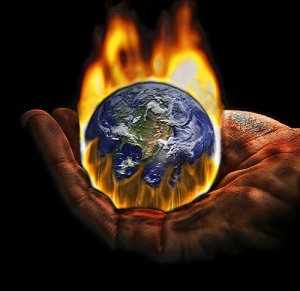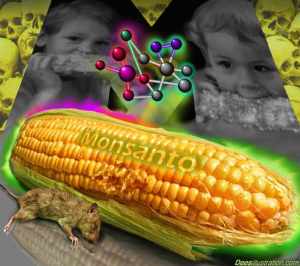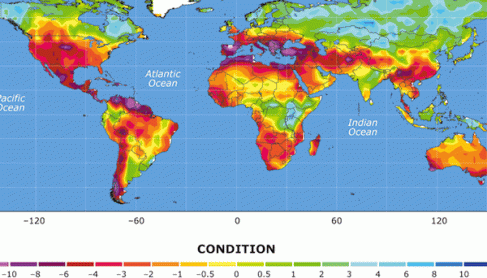
Water cycle http://ga.water.usgs.gov/edu/watercycleprint.html Other language versions: Català Czech español Finnish Greek Japanese Norwegian (bokmål) Portugese Romanian עברית Diné bizaad (Navajo) and no text and guess water vapor (Photo credit: Wikipedia)
The world’s ever-increasing population and overwhelming demand on the freshwater supply, combined with the adverse effects of climate change, has triggered a new and urgent focus on the issue of water security and the need to address looming threats to water shortages globally, and now includes conversations on market-based solutions to this problem. Some readers may find it difficult to appreciate the reality of a water shortage given that 70 percent of the earth’s surface is covered by water; however, the facts are that (1) the majority of that 70 percent is saltwater and (2) clean freshwater for consumption, agriculture and other human activities is in short supply.
In the United States alone, the total use of water for agriculture, industrial and personal use is greater than the entire amount of water that flows in the country’s rivers. The net amount required to meet the demand is pulled from ground water beneath the earth’s surface, thus creating a shortage there. Consequently, our extreme demand on the water supply has led to a “new geologic era” in which “humanity has taken over key [planetary] drivers: the water cycle, carbon cycle, nitrogen cycle”. [1] One proposed solution to the water shortage is the adoption of a market-based system that privatizes freshwater services and allocates a price for its use. Under such a scenario, water quantity and quality would be traded as goods with the potential that water would become the “biggest commodity of the 21st century”. [1]
The greatest benefit derived here is that a market-based system would provide a strong incentive to conserve water. Everyone would pay for what they use as priced on the open market. This would then focus more attention on water quality. The removal of water services from state, county and municipal control and placement in the competitive market also would encourage more efficient use of water. Ultimately, with the creation of investment opportunities, private companies would be better able to fund research and development on sustainable practices and to build and maintain the necessary filtration, clarification and delivery systems without political and budget constraints inherent under public control. On the flip side of such a proposal, privatized water could negatively impact poor communities, possibly leading to health catastrophes as people unable to afford water would use rivers, streams, ponds and lakes, which often are contaminated and pose health risks. As such, any solutions that privatize freshwater delivery would have to include a component that provides affordable access to the water supply for basic consumption and hygiene to those unable to purchase service. Interestingly, studies do show that people tend to find a way to purchase things they deem important. As an example, statistics indicate that in India, more people have access to cellphones “than to basic sanitation“, i.e., toilets. [1]
The privatization of water could be a boost to the green movement simply by the change in attitude with the realization that its use comes with a premium price tag. Individuals would be more receptive to reduce their reliance on water in the home by carefully planning lawns and landscaping. Hopefully, they would use more grasses and plants that are drought resistant. Also, as the cost of water to feed farm animals is passed on to consumers, it is likely that people will entertain the notion of reducing their meat consumption to some extent. Lastly, farmers hopefully will be more inclined to shift from flood irrigation of crops to drip irrigation, thereby reducing their agricultural water consumption by about 20%.
The reality here is that fresh water shortages are a major concern, particularly here in the United States where the availability of freshwater largely has been taken for granted. A recent report by the U.S. Drought Monitor notes seven states, namely Oklahoma, Wyoming, South Dakota, Colorado, New Mexico, Kansas and Nebraska are in the throes of severe drought. [2] Clearly, this is an issue that deserves immediate attention simply because we cannot exist without fresh water. Privatization of the management and delivery of freshwater through a market-based system is a possible albeit extreme solution and definitely merits discussion. To save our freshwater is to save our lives. To do this, let’s live green, be green.
_______________
Sources for this article:
1. http://blogs.scientificamerican.com/observations/2013/03/29/can-the-world-afford-cheap-water/.
2. http://www.huffingtonpost.com/2013/03/30/states-running-out-of-water_n_2984979.html.





